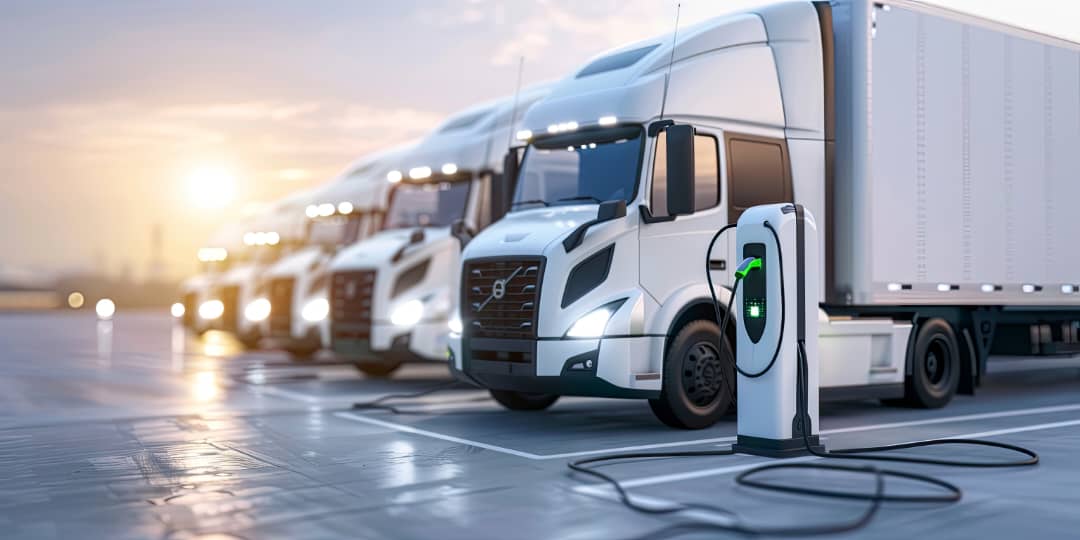The necessary and urgent transition towards clean mobility in Europe is clashing head-on with a complex economic and social reality. While the goal of a pollutant-free environment is shared, the path to achieving it is proving steeper than anticipated.
Major announcements, like the ban on selling internal combustion engine vehicles from 2035, must be re-evaluated when considering the impact on key players, such as small transport operators and self-employed workers, for whom the cost of a radical renewal of their essential tools is simply unaffordable in the short term.
This is precisely the scenario that has led the European Union to take a significant step back. As seen in recent specialized publications and official announcements, the European Commission, under the leadership of Ursula von der Leyen, has decided to soften its decarbonization targets.
Following the Strategic Dialogue on the Future of the European Automotive Industry held in Brussels, the Commission President announced, via her account on social media platform X, that the regulations would be revised to remove the total ban on selling combustion engine cars from 2035.
Pressure from the industry has been crucial in this change of course. Associations like CLEPA, representing automotive suppliers, and ACEA, representing manufacturers, raised their voices warning of the risks of an overly rigid transition.
Matthias Zink, President of CLEPA, argued, as noted in the accompanying documents, that focusing solely on 100% electric vehicles would marginalize other carbon-neutral technologies where Europe is already a leader. He also warned of a competitive disadvantage that could cost over 76,000 jobs.
From the manufacturers’ side, ACEA pointed to an undeniable fact: the market is not progressing at the expected pace. Despite huge investments, the market share of pure electric vehicles is stagnating, while hybrids still represent a third of the market.
The lack of charging infrastructure, high electricity costs, and scarcity of incentives make meeting the initial targets unfeasible – a reality that Von der Leyen has admitted by stating that “the context is no longer the same.”
This regulatory shift, far from being a simple concession to large manufacturers, has profound implications for the base of the transport pyramid.
For that owner of a single vehicle you mention, the extension of the sales period for combustion technologies, even beyond 2035, provides breathing room. It means the transition can be more gradual, allowing for exploration of alternatives like hybrids or synthetic fuels (e-fuels) without being forced into an unattainable financial investment for conversion to a fully electric vehicle.
For the after-sales sector and repair shops, this news is equally crucial.
A more heterogeneous vehicle fleet, with combustion, hybrid, electric, and hydrogen engines coexisting, ensures activity but also demands a progressive technical reconversion.
Workshops will need to invest in training and equipment, but without the pressure of an abrupt change.
In conclusion, the EU’s decision is not an abandonment of green goals, but a recognition that sustainability must also be socially and economically viable.
The final message is clear: technological neutrality and flexibility are essential to ensure no one is left behind on this necessary path towards decarbonization. The race for a clean future is a marathon, not a sprint, and Europe has just adjusted its pace to ensure it can reach the finish line with its industry and social fabric intact.
Have any thoughts?
Share your reaction or leave a quick response — we’d love to hear what you think!





